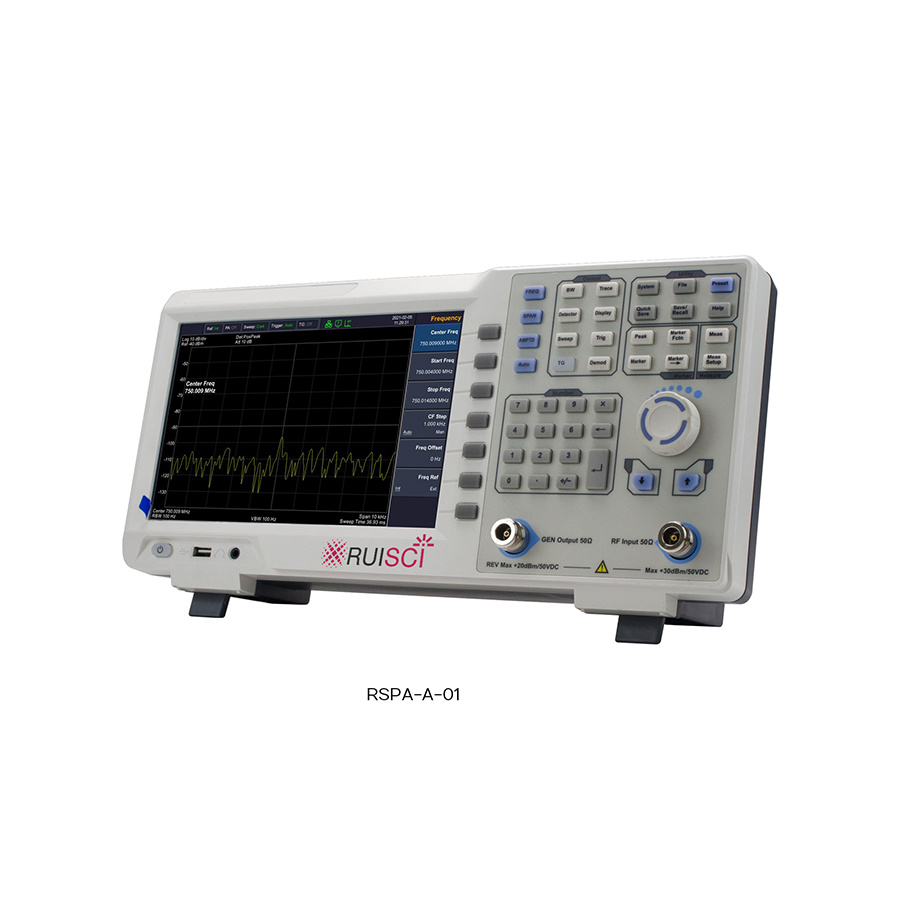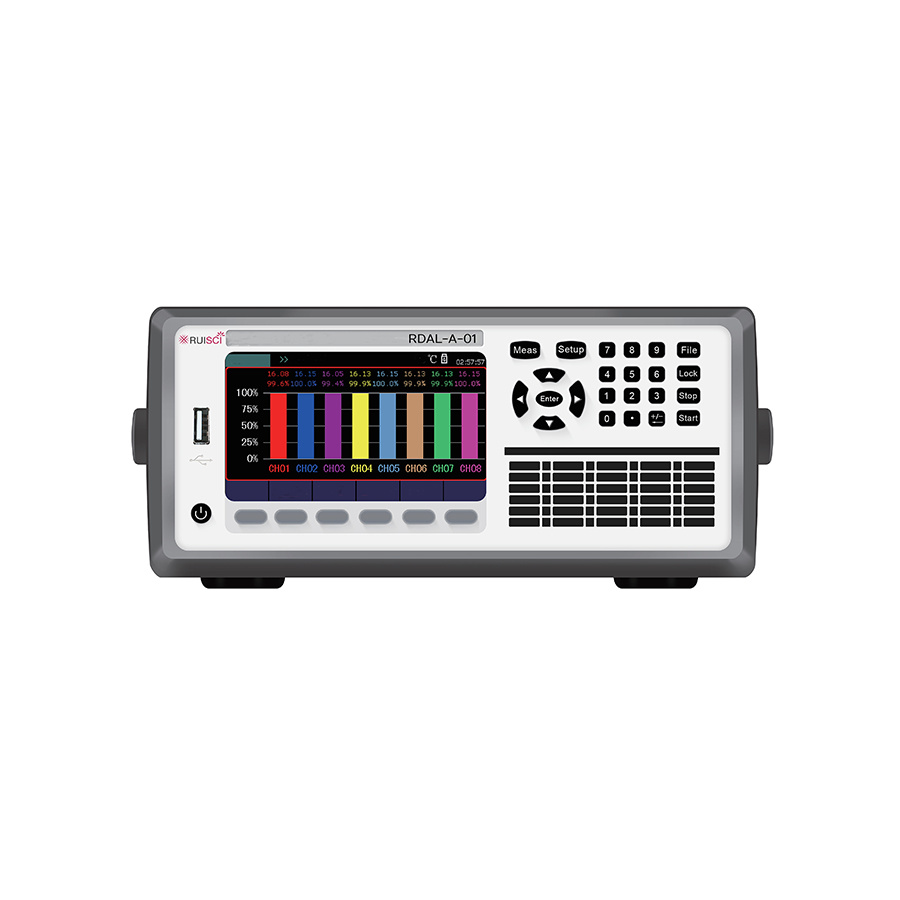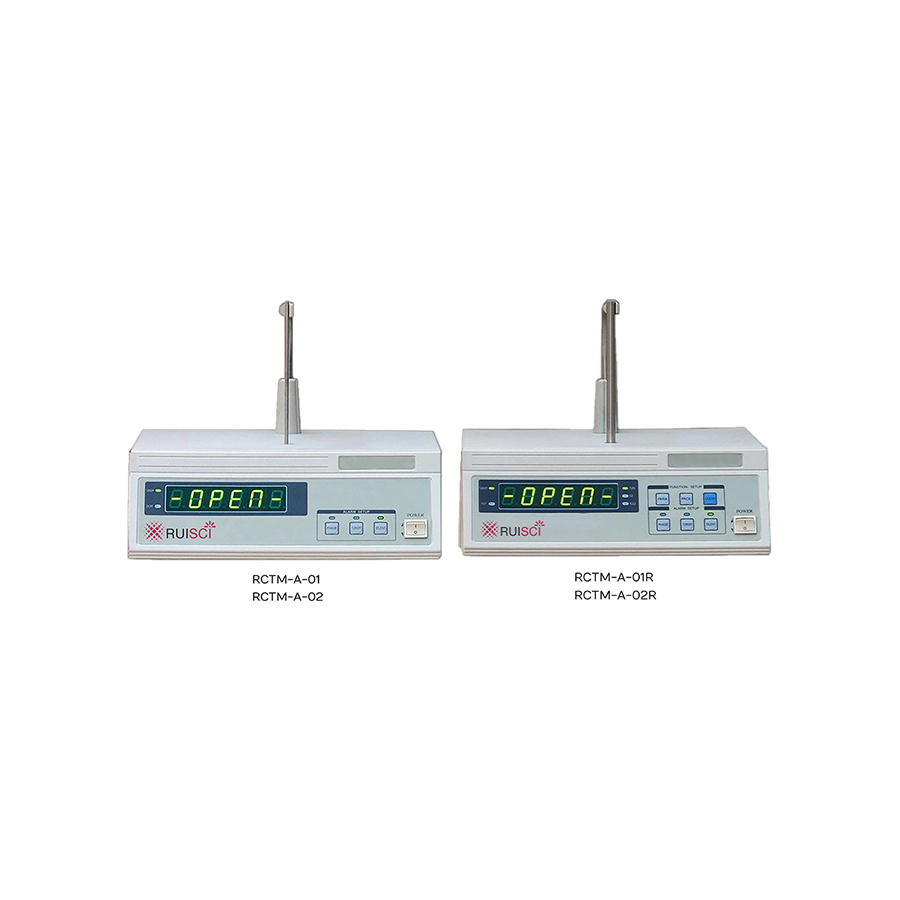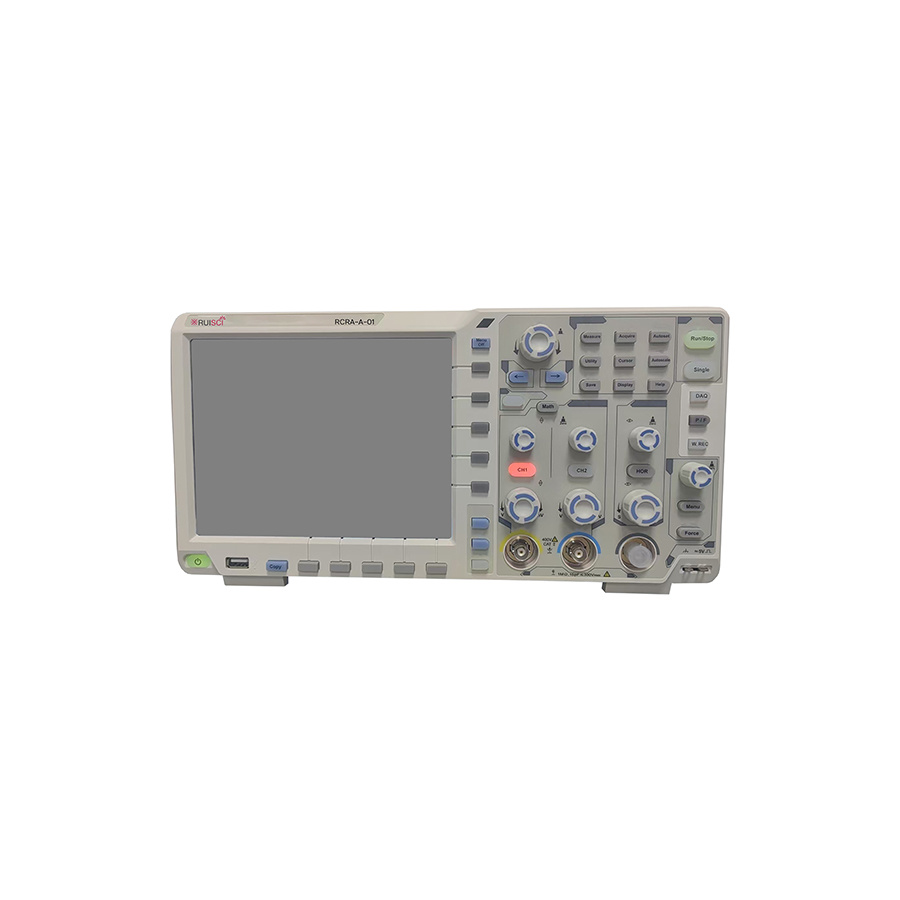Quality Assured
Just Buy It
- Comparison
- 在线预约
- 预约申请
- 样品申请
- 在线询价
Electronic Load
Electronic Load
RELD-A

Brand:
RUISCI
-
Click to select
- RELD-A-01,Single Channel,0~150 V
- RELD-A-02,Dual Channel,0~150 V
- RELD-A-03,Single Channel,0~500 V
Inventory
762
隐藏域元素占位
Overview
The Electronic Load is an electronic device used to simulate various load characteristics, widely applied in the testing and verification of power supplies, batteries, power amplifiers and other electronic devices.
Features
1.Built-in protection circuits provide reliable protection for both the instrument itself and the device under test.
2.2.8-inch LCD screen for convenient operation.
3.Multiple measurement functions.
Technical data

Precautions:
1. Before connecting the electronic load, ensure that the power cord and ground wire are properly connected.
2. Do not use the electronic load in a humid environment.
3. Check if the input power voltage and frequency meet the specifications of the electronic load.
4. Disconnect the input end of the electronic load before connecting the power supply under test to avoid dangerous situations such as electric arcs during connection.
5. Do not disassemble the electronic load's casing at will.
6. Regularly clean the casing and heat dissipation holes of the electronic load. Do not use cleaning agents containing corrosive components; a clean damp cloth is usually sufficient for wiping the casing.
7. When not in use, store the electronic load in a suitable environment. The storage environment should avoid high temperatures, humidity, and strong electromagnetic interference.
8. Regular calibration is required.
keyword:
Electronic Load
Electronic Loading Device
DC Electronic Load
Programmable Electronic Load
Electronic Load Tester
Benchtop Electronic Load
- 产品描述
- 概要参数
- 技术参数
-
- Brand: RUISCI
- Commodity name: Electronic Load
- Subtitle: Electronic Load
- Model: RELD-A
- 全部型号: RELD-A-01,RELD-A-02,RELD-A-03,Electronic Load,Electronic Loading Device,DC Electronic Load,Programmable Electronic Load,Electronic Load Tester,Benchtop Electronic Load
The Electronic Load is an electronic device used to simulate various load characteristics.
The Electronic Load is an electronic device used to simulate various load characteristics, widely applied in the testing and verification of power supplies, batteries, power amplifiers and other electronic devices.
-
1.Built-in protection circuits provide reliable protection for both the instrument itself and the device under test.
2.2.8-inch LCD screen for convenient operation.
3.Multiple measurement functions. -

Precautions:
1. Before connecting the electronic load, ensure that the power cord and ground wire are properly connected.
2. Do not use the electronic load in a humid environment.
3. Check if the input power voltage and frequency meet the specifications of the electronic load.
4. Disconnect the input end of the electronic load before connecting the power supply under test to avoid dangerous situations such as electric arcs during connection.
5. Do not disassemble the electronic load's casing at will.
6. Regularly clean the casing and heat dissipation holes of the electronic load. Do not use cleaning agents containing corrosive components; a clean damp cloth is usually sufficient for wiping the casing.
7. When not in use, store the electronic load in a suitable environment. The storage environment should avoid high temperatures, humidity, and strong electromagnetic interference.
8. Regular calibration is required.
Q and A
Q
Distribution Modes:
A
Default Distribution Mode: EXW China Factory: After your payment is received, our customer service will contact you to confirm the pickup time and location once the goods are ready at the RUISCI China factory.
*Other options:
1.Carriage Paid To (CPT)
DO NOT PAY until you have contacted customer service to add shipping costs, as the default price is EXW China factory.
2.Delivered Duty Paid(DDP)
DO NOT PAY until you have ·contacted customer service to add Freight, insurance, taxes, customs clearance fees, and other miscellaneous expenses, as the default price is EXW China factory. Typically applies exclusively to small air cargo packages.
3. FOB China main port
DO NOT PAY until you have contacted customer service to add the inland charges and export declaration charges, as the default price is EXW China factory.
*** If you still need to consult other distribution modes or trade terms, please contact our customer service directly
Q
Payment methods:
A
1. On-line payment: Paypal
2. Off-line payment: Telegraphic Transfer (TT)
*All charges, except those incurred within our bank, are to be borne by the remitter. Insufficient payment will delay your shipment.
Download
There is currently no content to display
Related products
Online consultation








